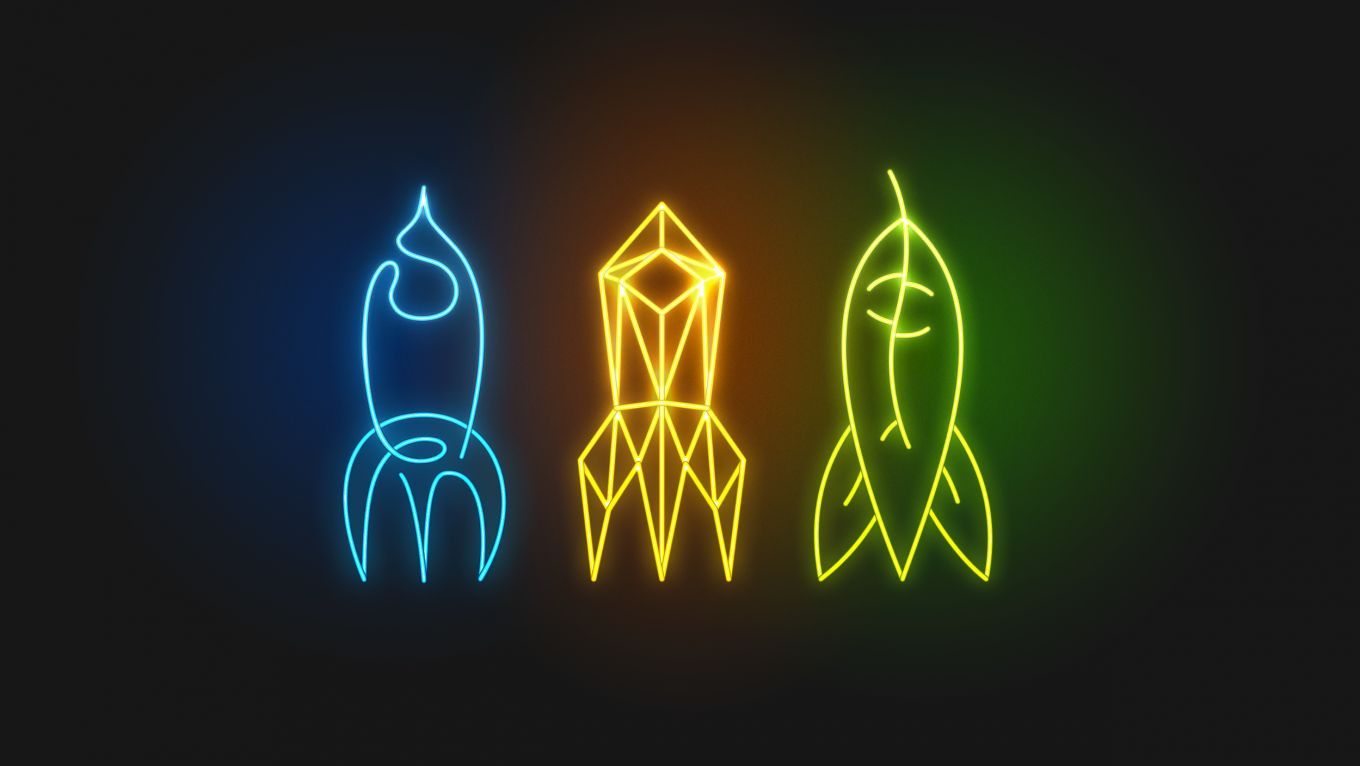Hardware & Making
Cyborg Foundation
Transpecies Society
Presentation of the Cyborg Foundation, its philosophy, members and developed projects. Based in Barcelona and founded in 2017, CFL is an association that gives voice to non-human identities.
The world around us is full of things that our body is not able to perceive. However, what would happen if we could create new senses that would allow us to decide how we want to perceive our surroundings?
Supported by a multidisciplinary team, we conform a group of engineers, philosophers, designers and artists dedicated to exploring the relationship between species, machines and organs. With an eye on nature and analyzing the different senses found on living beings, our purpose is the creation of new sense organs to expand human capabilities. Our team is focused on translating the suggested idea to a hardware/software device, that will not only process data but also transmit it to the body through the brain.
In the course of becoming cyborg, different phases are found: the creation of the organ, the implantation of it and the acclimatization of the brain and body to the new sense. The brain is a plastic organ that can be moulded. Just like Neil Harbisson says “The brain is like a sculpture to be shaped”.
By now, considerable results have been obtained. We will take a closer look at it by introducing the several members whose organs have been already implanted, how this has affected their life and way of interact with the physical world. We will, as well, explain the different senses and its design. Just for a quick view we will talk about:
Neil Harbisson - Eyeborg. Color sense antenna.
Moon Ribas - Seismic sense
Manel Muñoz - Weather station
Kai Landre - Cosmic rays
In addition, we have the satisfaction of announcing that the CCC will be the first to know about the pioneering technology that we are developing to power the devices.
Additional information
| Type | lecture |
|---|---|
| Language | English |
More sessions
| 8/21/19 |
Die CCC-family geht campen, das heisst der Knoten wird ausnahmsweise vom abstrakten mathematischen Konzept zur ganz realen Anwendung von Seil und Schnur. Was da alles schiefgehen kann, wo Knoten herkommen und wer sie verwendet wird hier kurz und knackig bearbeitet.
|
| 8/21/19 |
|
| 8/21/19 |
<a href="https://github.com/osresearch/spispy">spispy</a> is an open source hardware tool for emulating SPI flash chips that makes firmware development and boot security research easier. In this talk we'll discuss the challenges of interfacing on the SPI bus and emulating SPI devices, as well as demonstrate how to use it quickly debug issues with coreboot and how we used spispy to discover a critical class of TOCTOU vulnerabilities in secure boot systems like Intel BootGuard.
|
| 8/21/19 |
I’ve made several interactive hackercamp installations over the years. I’ll talk about how they work, how they were made (generally very cheaply), about how people found ways to interact with them, and about what I’ve learned about experience design from them. And about where you can find the source code, obviously.
|
| 8/21/19 |
It's tempting to buy a SDR device like a LimeSDR or USRP family member in the expectation of operating any wireless communications system out there from pure software. In reality, however, the SDR board is really only one building block. Know the limitations and constraints of your SDR board and what you need around it to build a proper transceiver.
|
| 8/22/19 |
Removing the barriers to making network independent mobile communications.
|
| 8/22/19 |
Motivation and challenges building a mobile phone that respects your freedom, privacy and digital rights - and is hackable. This talk will present a summary of a two year journey, which is still ongoing.
|

